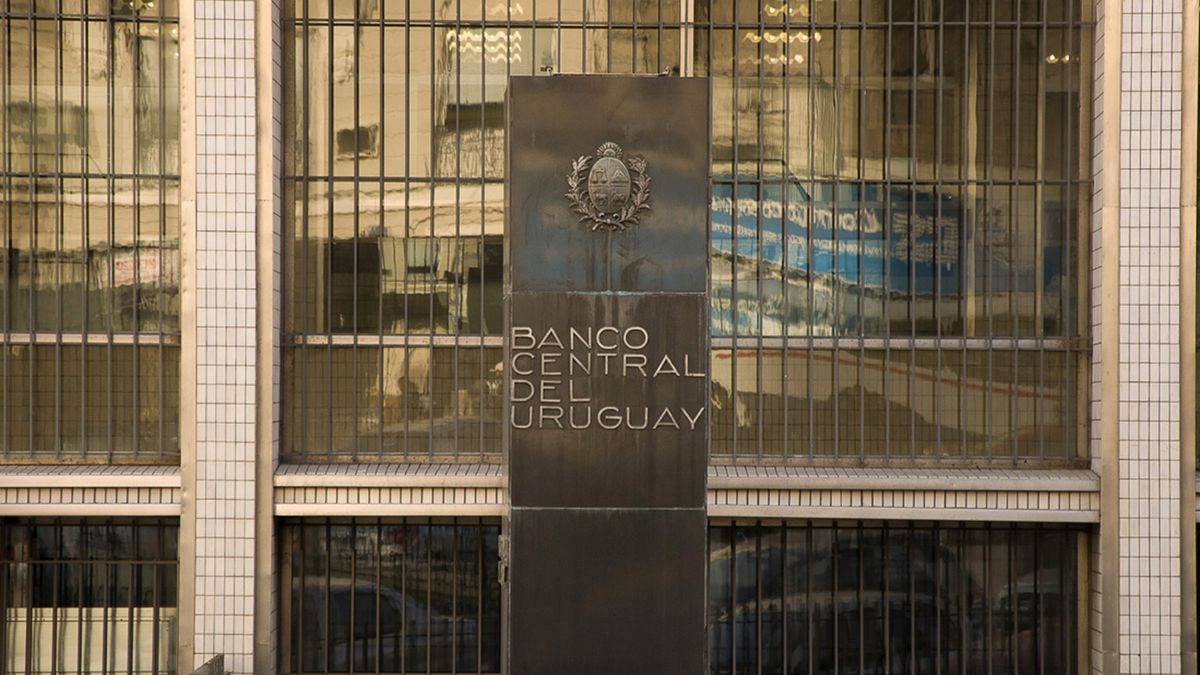He Central Bank of Uruguay (BCU) published the minutes of the last meeting of the Monetary Policy Committee (Copom)where it was defined to keep the interest rate in 11.25%. There, the entity reviewed the financial indicators that led her to make the decision to support the monetary policy rate (MPR) at the same levels.
The agency flagged certain behaviors that occurred within the framework of a “monetary policy cycle change”, with a downward trend in the reference rate.
First of all, the stock of fine tuned instruments (ISF) registered an increase in April and May, after the low numbers of March. Meanwhile, it remained at 2,877 million pesos and 7,833 million pesos respectively.
This month there were injections after a larger placement than expected in Letters of Monetary Regulation (LRM) in April, “in a context in which agents internalized the start of the cycle to the drop in the TPM”, marks the document issued this Friday.
This was due to the fact that the banks were looking for titles in pesos to anticipate future reductions in the TPM and supply their short-term liquidity needs in the money market, where the BCU made its injections.
In addition, he warned a “incipient behavior of the AFAP” linked to an increase in dollar demand by the Pension Savings Fund (FAP) versus higher returns on foreign currency (FC) assets. In this sense, he noted that banks reduced short-term funding with certificates of deposits, something “consistent” with the aforementioned.
Bills, credit in pesos and deposits in dollars: other indicators highlighted by the BCU
The change of cycle in monetary policy also had its manifestation in the average passive rate to the Non-Financial Sector (SNF), which remained at 9.1% in March and remained “relatively stable” compared to 9.2% in February, when the monetary policy cycle indicated an upward trend in rates.
The Central Bank also stressed that the curve of MRL yields “adjusted downward and remained inverted”, with rates between 11.5% and 10.9% in the 90-day and two-year nodes, respectively.
Consumer credit boosted the indicators of credit in national currency, which according to the BCU, “continued dynamic.” The business segment, however, showed a drop in real terms, although it remained stable as measured by the cycle trend. As for the foreign currency creditscredit rose.
Regarding the dollar depositsthe monetary entity highlighted that, although in the SNF they remained in similar values, the banks at an aggregate level increased their position in foreign currency, according to preliminary data.
Source: Ambito




